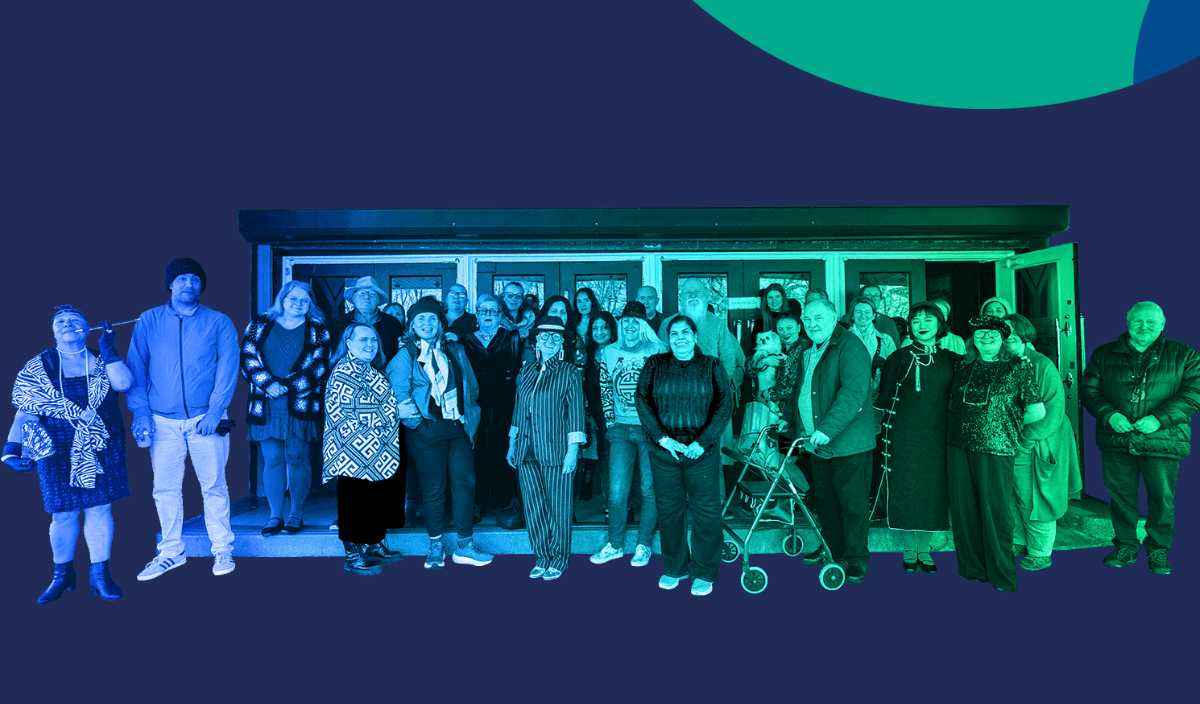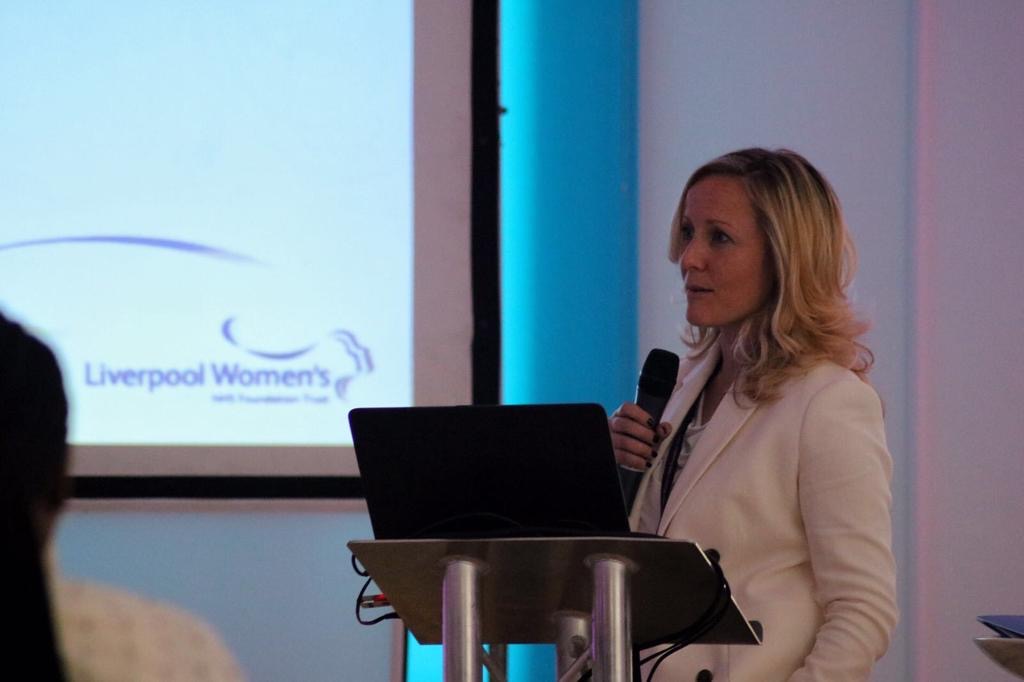Smart shoes developed by Liverpool scientists to help prevent falls
Falls on stairs claim the lives of more than 700 people every year and put 43,000 people in hospital, many of them elderly.
Predicting who is at risk of a fall, though, is currently impractical, not least because of a lack of reliable data on individuals.
Now scientists in Liverpool have developed ‘smart shoes’ which build up a picture of a person’s precise daily ups and downs helping carers and doctors to preclude an accident.
Biomechanists at Liverpool John Moores University are trialling the technology and are already seeing the benefits over lab-based studies.
‘Smart shoes’ are essentially people’s everyday shoes fitted with unobtrusive but highly sensitive sensors.
“The shoe can provide us with very similar data to that using motion-capture in the gait lab,” explained Costis Maganaris, Professor of Musculoskeletal Biomechanics in the School of Exercise and Sport Science.
“But it can also give us the capacity to remotely harvest data which can advance a prototype measuring tool to predict stair falls.
“The endgame is a product which would be able to judge an individual’s risk factor and forewarn them of a stair fall.”
Prof Maganaris and his research group RISCS (Research to Improve Step Climbing Safety) are especially interested in two biomechanical parameters: the clearance of the toe from the edge of the step and the area of foot planted safely on the step-top. The risk of a trip caused by a toe or heel catch on the step edge increases when clearance is minimal and variable between steps. Equally, the risk of an overstep or slip increases if the proportion of the foot in contact with the step is small.
Smart shoe sensors adapted by colleagues in the School of Engineering have allowed them to test these measures outside the lab, in three ‘test’ houses used for a range of on-campus research. Their results from tests of these three very different staircases are published in the journal Sensors.
“It sets us up to carry out much wider testing in the more naturalistic setting of people’s homes,” said Prof Maganaris.
“Our aim is to collect a mass of data and develop algorithms to assess individuals’ risk. To be able to say to someone “Your risk for a stair fall is high can empower them to think about their habits and take precautions.”
And the team stress the importance of greater assessment of individual need in stair safety.
“Generally, we can avoid falls on the flat by improving our strength and balance. However, stairs are a different beast. If you miss that step edge, it doesn’t matter how agile you are, you’re going to fall and likely do yourself considerable damage.”




